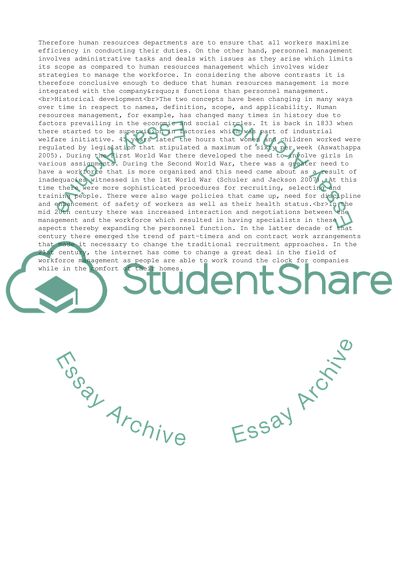Cite this document
(Rewards and Intrinsic Motivation Dissertation Example | Topics and Well Written Essays - 2750 words - 1, n.d.)
Rewards and Intrinsic Motivation Dissertation Example | Topics and Well Written Essays - 2750 words - 1. Retrieved from https://studentshare.org/management/1739924-human-resource-management
Rewards and Intrinsic Motivation Dissertation Example | Topics and Well Written Essays - 2750 words - 1. Retrieved from https://studentshare.org/management/1739924-human-resource-management
(Rewards and Intrinsic Motivation Dissertation Example | Topics and Well Written Essays - 2750 Words - 1)
Rewards and Intrinsic Motivation Dissertation Example | Topics and Well Written Essays - 2750 Words - 1. https://studentshare.org/management/1739924-human-resource-management.
Rewards and Intrinsic Motivation Dissertation Example | Topics and Well Written Essays - 2750 Words - 1. https://studentshare.org/management/1739924-human-resource-management.
“Rewards and Intrinsic Motivation Dissertation Example | Topics and Well Written Essays - 2750 Words - 1”, n.d. https://studentshare.org/management/1739924-human-resource-management.


